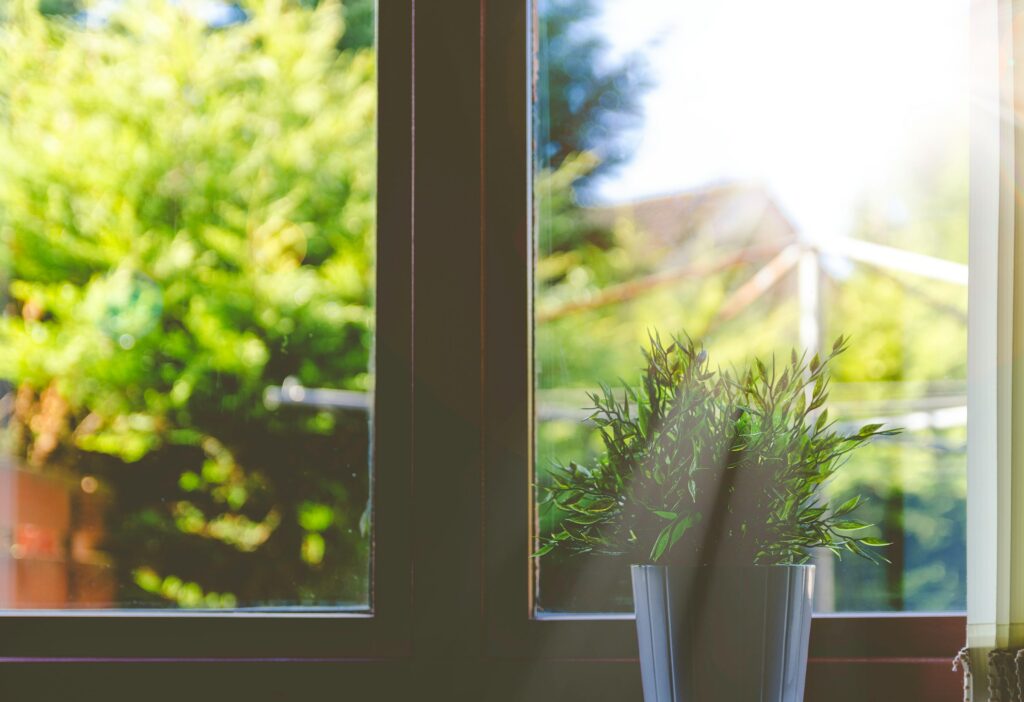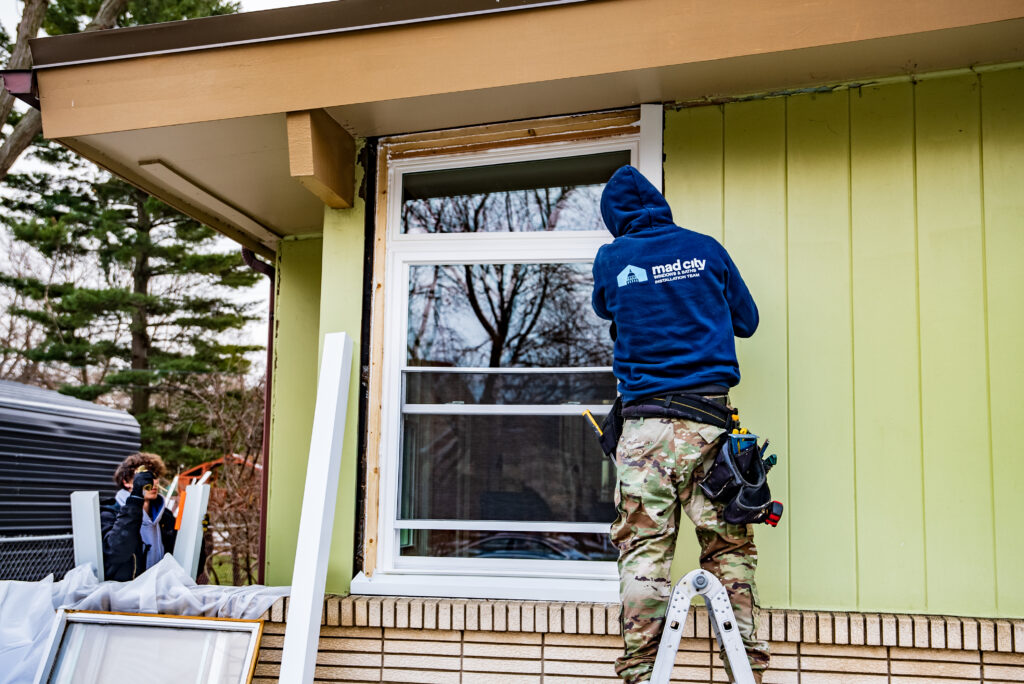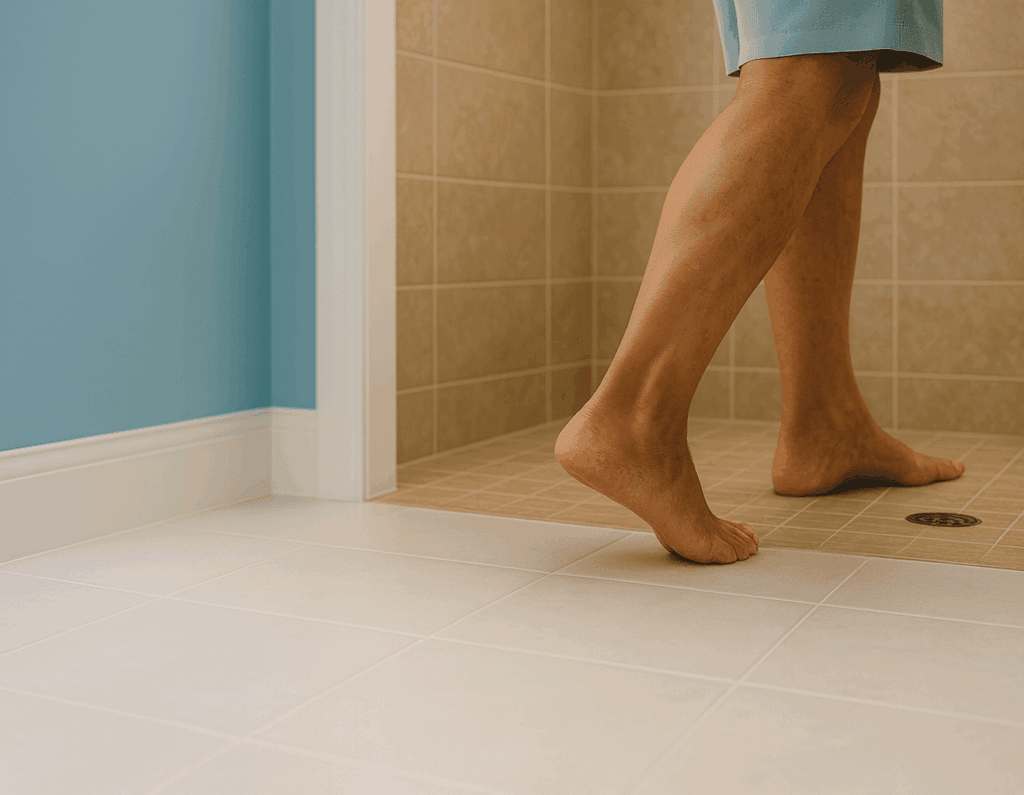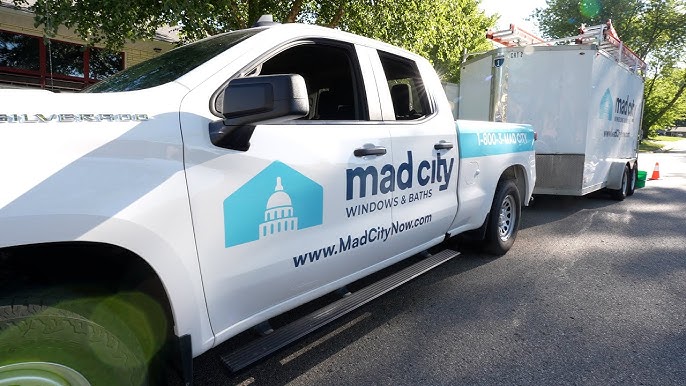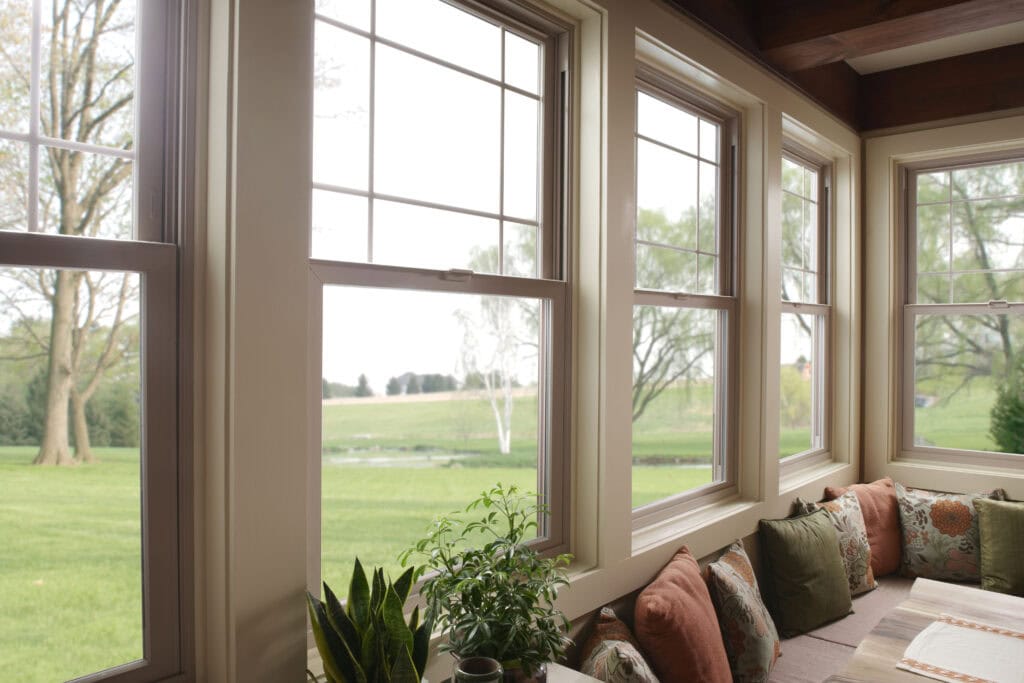
Windows are a critical part of your home’s comfort, energy efficiency, and appearance. But unlike appliances or roofing, their lifespan isn’t always clear-cut. Many homeowners wonder: how often do windows need to be replaced? The answer depends on factors like material quality, climate conditions, and how well they’ve been maintained.
While some windows can last decades, others may show signs of wear much sooner. Understanding when to replace your windows—not just why—can help you avoid costly energy bills, drafts, and structural issues before they become major problems.
How Long Do Windows Typically Last?
Window longevity varies significantly based on material, usage, and climate conditions. Below are the average lifespans of common window types:
- Vinyl windows – 20 to 40 years
- Wood windows – 15 to 30 years (require frequent maintenance)
- Aluminum windows – 20 to 25 years (can corrode in humid climates)
- Fiberglass windows – 30 to 50 years (most durable but also costly)
The quality of installation also plays a major role. Even high-end windows won’t last if they’re improperly installed or exposed to extreme weather without proper sealing.
If you’re considering a long-lasting and energy-efficient option, vinyl windows are one of the best choices due to their durability, affordability, and low maintenance requirements.
How Often Should You Replace Windows? Key Factors to Consider
There isn’t a universal timeline for window replacement, but these factors affect how often you’ll need to replace them:
1. Material and Build Quality
Well-made vinyl or fiberglass windows last much longer than lower-quality wood or aluminum frames. Investing in energy-efficient, durable materials can extend the time between replacements.
2. Climate and Weather Conditions
- Hot, humid climates (like the Midwest in summer) can cause warping or seal failures.
- Cold, snowy climates can lead to frequent expansion and contraction, affecting window integrity.
- Severe storms or hail can shorten lifespan due to impact damage.
3. Window Maintenance and Repairs
Regular cleaning, caulking, and frame inspections can extend a window’s life. However, if you frequently need repairs, replacement may be a more cost-effective solution in the long term.
How to Tell If It’s Time for New Windows
If your windows are approaching 15-20 years old, it’s a good idea to evaluate their condition. Look for these warning signs:
- Persistent drafts even when windows are shut
- Rising energy bills despite no change in usage
- Condensation or fogging between glass panes
- Windows that stick, won’t open, or won’t stay closed
- Cracks in the frame or glass
- Noise pollution from outside
If these problems sound familiar, your windows may no longer be functioning properly. Check out this guide on signs your windows need to be replaced for more details on common window issues.
Energy Efficiency and Window Replacement
One of the biggest reasons homeowners replace their windows sooner than expected is to improve energy efficiency. Older, single-pane or outdated double-pane windows are not equipped with modern insulation technology, making your HVAC system work harder.
If you’ve noticed…
- Higher utility bills without explanation
- Temperature fluctuations near windows
- Inconsistent heating or cooling across rooms
…Then upgrading to energy-efficient windows can provide long-term savings. Learn more about the benefits of energy-efficient replacement windows for reducing heat loss and lowering monthly costs.
Should You Repair or Replace Your Windows?
Sometimes, homeowners hesitate to replace windows, wondering if repairs will be enough. Here’s a simple way to decide:
Opt for Repairs If:
- Minor weatherstripping or caulking can stop drafts
- A single pane is cracked but the frame is intact
- Sticky windows only need track lubrication
Choose Replacement If:
- Multiple windows are failing at once
- You experience recurring condensation, leaks, or high energy bills
- Your frames are warped, rotting, or showing visible damage
Still unsure? Waiting too long to replace failing windows can lead to costly water damage, mold growth, and structural problems. This guide explains how modern windows can prevent these issues.
Is It Time to Replace Your Windows? Here’s How to Decide
So, how often should you change windows in a house? There’s no fixed answer, but if your windows are more than 15 years old or you’re experiencing persistent drafts, condensation, or high energy bills, it may be time to consider replacement.
If you’re ready to invest in long-lasting, energy-efficient windows, Mad City Windows offers high-quality replacement options designed to improve your home’s comfort, efficiency, and curb appeal.
Key Takeaways
- Vinyl and fiberglass windows last the longest, with an average lifespan of 20-50 years.
- Climate, weather conditions, and maintenance impact how often windows need replacing.
- Energy efficiency concerns are one of the top reasons homeowners replace windows earlier.
- Obvious signs of wear, such as condensation, drafts, and rising energy bills, indicate it’s time for an upgrade.
- Upgrading to modern, high-performance windows can improve comfort and lower energy costs.
If you’re considering a window replacement project, reach out to Mad City Windows for a free consultation and expert recommendations.

